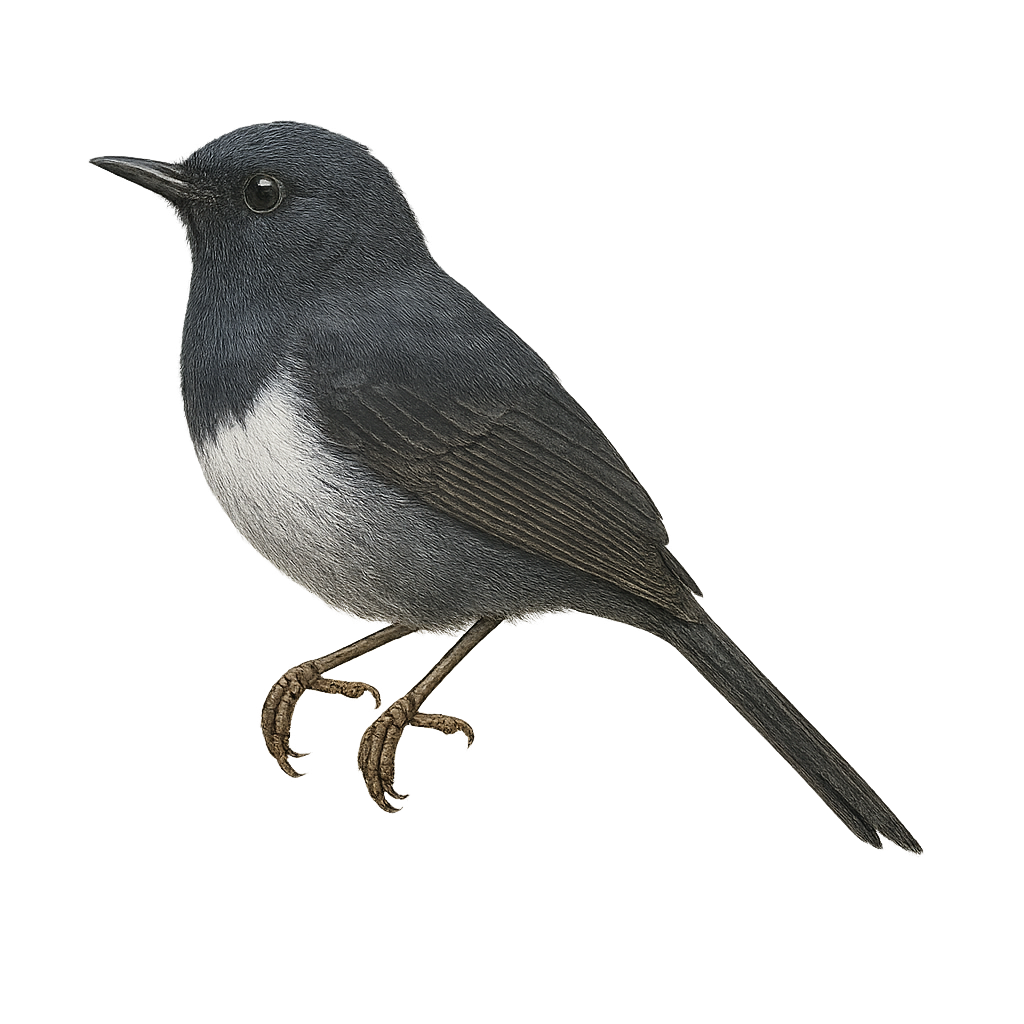Your wildlife photography guide.
Explore the white-sided flowerpiercer in detail, study its behavior, prepare your shots.
Where to observe and photograph the white-sided flowerpiercer in the wild
Learn where and when to spot the white-sided flowerpiercer in the wild, how to identify the species based on distinctive features, and what natural environments it inhabits. The WildlifePhotographer app offers tailored photography tips that reflect the white-sided flowerpiercer’s behavior, helping you capture better wildlife images. Explore the full species profile for key information including description, habitat, active periods, and approach techniques.
White-sided Flowerpiercer
Scientific name: Diglossa albilatera

IUCN Status: Least Concern
Family: THRAUPIDAE
Group: Birds
Sensitivity to human approach: Suspicious
Minimum approach distance: 10 m
Courtship display: April to May
Incubation: 13-15 jours
Hatchings: April to June
Habitat:
Humid forests, forest edges, shrublands
Activity period :
Primarily active during the day, with peak activity in the morning and late afternoon.
Identification and description:
The White-sided Flowerpiercer is a small passerine bird belonging to the Thraupidae family. It is primarily found in the mountainous regions of South America, particularly in Colombia, Ecuador, and Venezuela. This bird is notable for its dark plumage contrasted by distinctive white flanks. It has a thin, slightly curved beak, adapted to its specialized diet. It primarily feeds on nectar but also consumes insects and fruits. The White-sided Flowerpiercer is often seen piercing the bases of flowers to access nectar, a technique that earned it its name. It typically inhabits humid forests, forest edges, and shrublands at altitudes ranging from 1500 to 3000 meters.
Recommended lens:
400 mm – adjust based on distance, desired framing (portrait or habitat), and approach conditions.
Photography tips:
To photograph the White-sided Flowerpiercer, it is advisable to use a 400mm lens or longer to capture detailed images without disturbing the bird. Look for it in humid forests and forest edges, where it is often active during the day. Be patient and discreet, as this bird can be suspicious. Use a tripod to stabilize your camera and wait for it to perch on a branch or feed on nectar. Take advantage of the natural morning light to achieve vibrant and natural colors in your shots.
The WildlifePhotographer App is coming soon!
Be the first to explore the best nature spots, track rutting seasons, log your observations, and observe more wildlife.
Already 1 432 wildlife lovers subscribed worldwide

